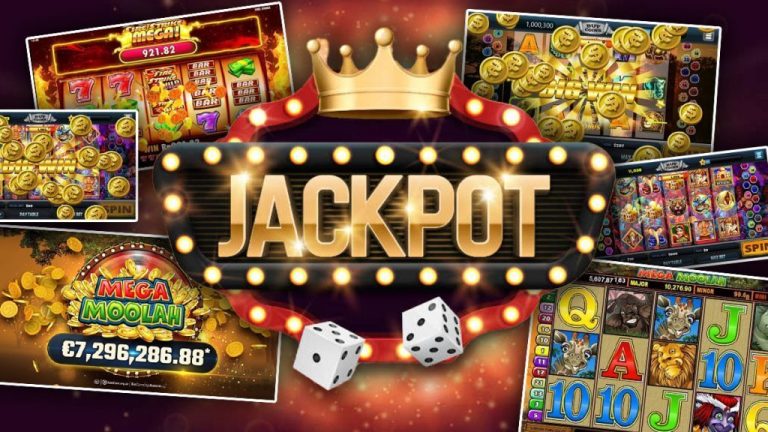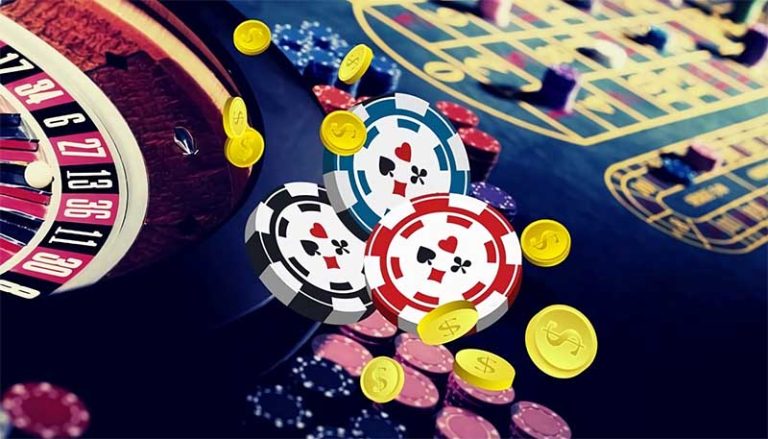The types of jackpots in online casinos have long ceased to be a simple gambling lure. Modern platforms have turned them into complex financial mechanisms with their own mathematics, statistics, and system of prize distribution. Players watch as the amounts on the screens grow in real time, while providers use technologies such as Random Number Generators (RNG) and Return to Player (RTP) indicators to maintain a balance between winning chances and casino profitability.
How Different Types of Jackpots Work in Online Casinos
A jackpot is an accumulated prize fund that is won under certain conditions. There are several formats that differ in the way they are formed and the size of payouts. The main models use fixed sums, progressive accumulation, or combined schemes.
Jackpot slot machines are designed based on RNG algorithms and the embedded RTP. For example, a slot with 96% RTP distributes 96% of players’ bets as winnings, including participation in jackpots. Providers regulate the frequency of triggering prize combinations and distribute funds among several jackpot levels: from small local ones to large global ones.
Progressive and Fixed Jackpots – Different Payout Strategies
Progressive and fixed jackpots create fundamentally different game scenarios.
A progressive jackpot grows with each bet. Each bet on the selected slot increases the total prize pool. A classic example is Mega Moolah by Microgaming, where the amounts reach millions of dollars because players from around the world contribute to the prize pool. The probability of winning here is lower, but the payout can be record-breaking.
A fixed jackpot remains unchanged. The prize amount is known in advance – for example, $5,000 or any other amount set by the provider. This format is used in classic slots with simple rules. Players understand what winnings are possible, and the odds are comparable to a regular bonus round.
Local and Global Jackpots in Slots
Local and global jackpots differ in the scale of the network.
A local jackpot is formed within one casino. Only bets within this platform increase the prize fund. Such models are used by small providers and less popular slot machines.
A global jackpot combines several casinos. Each bet on connected platforms increases the overall pool. An example is WowPot or Major Millions, where the cumulative fund grows faster due to thousands of participants. Global networks offer huge sums, but the probability of winning is lower due to competition.
Chances of Winning a Jackpot in an Online Casino
The chances of winning a jackpot in an online casino depend on the type of draw and the internal mathematics of the slot. A progressive fund can accumulate for months, and the RNG selects the moment of activation independently of the amount. RTP shows the average return, but does not guarantee the frequency of wins.
For example, a slot with 95% RTP can pay out millions in one day and then remain without large payouts for a long time. Providers balance the probability to maintain excitement without disrupting the financial model. High stakes increase the share in the cumulative fund and sometimes trigger bonuses that increase the chances of hitting the jackpot.
How the Activation Mechanism Works
The activation of a jackpot depends on the algorithm. Most often, the prize is won when certain symbols align, such as scatters or special bonus symbols on the reels. In some slots, random activation can occur after any bet, even a minimum one.
Some providers add levels: mini, midi, mega, mega-jackpot. Each level is formed according to its own rules and can be activated at different stakes. The progressive fund grows in real time, while fixed amounts remain stable.
Main Parameters Affecting Jackpot Wins
Understanding the key factors helps to understand how different types of jackpots in online casinos work and why some slots pay out more frequently, while others create rare but large payouts. Analyzing these parameters helps to choose a slot with a suitable game strategy and assess the real probability of winning.
Key game indicators:
- Bet size – a higher bet often increases the chance of triggering a bonus and participating in the progressive fund.
- RTP – return to player percentage; high RTP (96% and above) increases the overall return.
- RNG – ensures the randomness of combinations and fair prize distribution.
- Provider – sets the mathematical model of the slot and the speed of fund accumulation.
- Jackpot type – progressive increases amounts, fixed provides a stable prize, local is limited to the casino, global grows faster due to the network.
Understanding these factors reduces the risk of random decisions and helps build a rational strategy in a gambling environment. Making an informed choice of a slot increases the chances of hitting the jackpot and makes the gameplay more predictable from a mathematical perspective.
The Role of Bonuses and Hidden Features
Modern slot machines integrate bonuses that help get closer to the jackpot. For example, an additional round with spinning reels or a wheel of fortune, where each sector is linked to prize levels. In some slots, bonuses activate the opportunity to hit the cumulative fund, even if the main prize is not won.
Scatters act as triggers for bonus features, and increased bets can unlock hidden options. Providers add these mechanics to maintain attention and stimulate gameplay.
Jackpot Economics: Why Casinos Maintain Balance
Casinos structure jackpots to maintain interest and not disrupt financial stability. The progressive fund is filled from player bets, while fixed prizes are built into the slot’s mathematics. Providers analyze statistics, adjust RTP, and control the probability of large wins to keep the system profitable.
Types of Jackpots in Online Casinos: Key Points to Remember
The types of jackpots in online casinos create different scenarios for gambling players: from stable fixed amounts to multimillion-dollar progressive funds. Understanding the principles of RNG, RTP, bets, and activation mechanisms helps assess the odds and choose the right slot. Casinos use complex mathematics and technological solutions to maintain a balance between risk and reward, while providers continue to develop new draw models.



